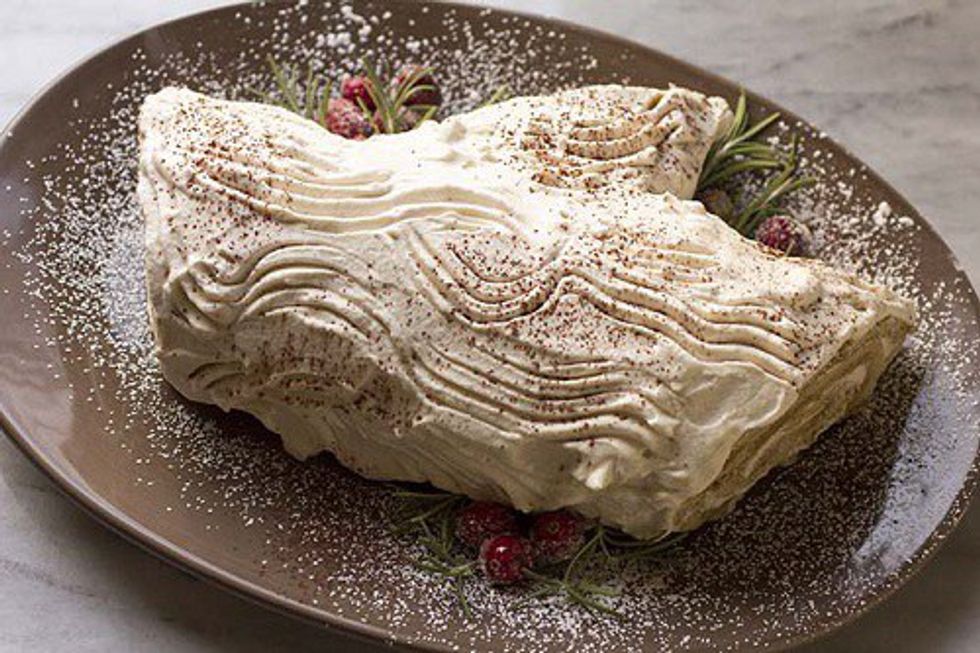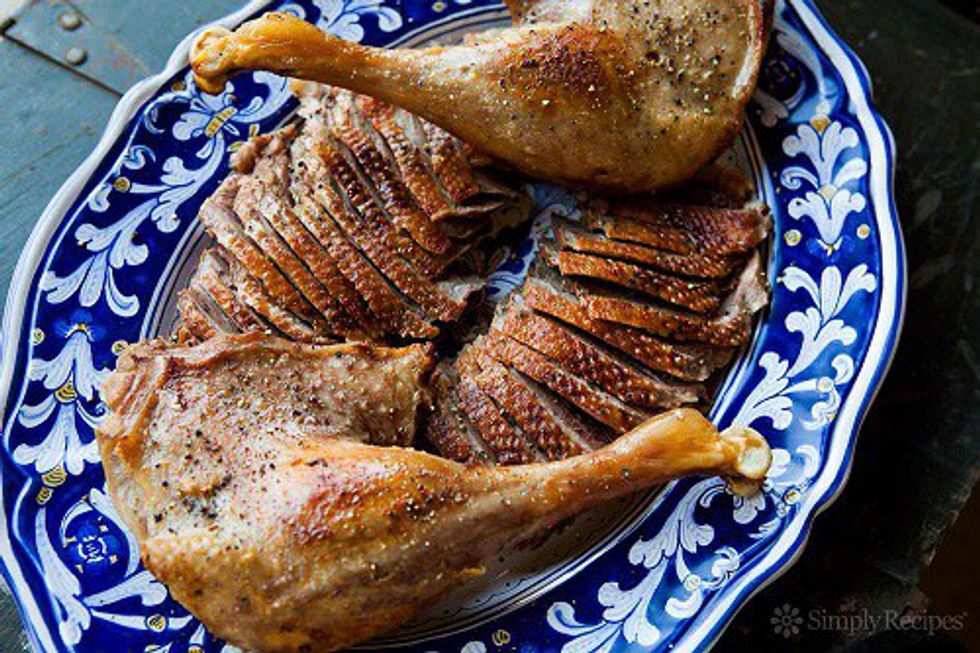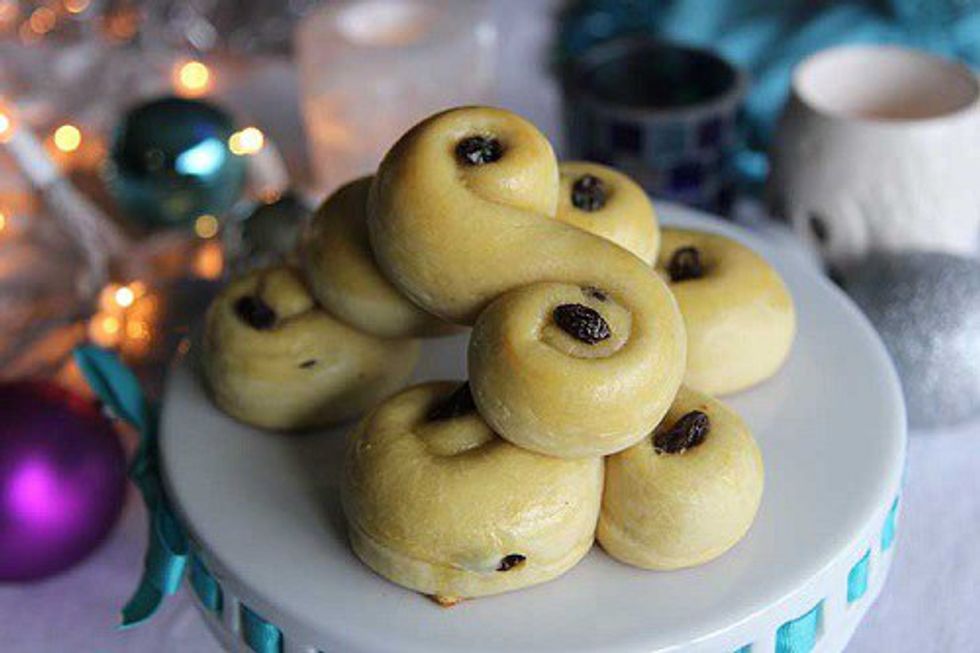While Christmas is not as well-known for the food as is Thanksgiving, the meal is still a big deal and should not be forgotten. Now's your chance to start planning the dinner of a lifetime with some European recipes you've probably never tried that will get you out of your comfort zone and into the kitchen.
1. Sauerbraten (Germany)
Photo: Perre Coleman Magness
The German form of pot roast, usually cooked with beef but can be substituted for many other types of meat. In fact, true traditional recipes call for horse meat. Often served with a potato side, such as potato dumplings.
2. Buche de Noël (France)
Photo: Debra Smith
A traditional and extremely elaborate Christmas-themed roulade cake, which is a type of rolled and filled pastry. The name means "Yule log" in French. This dessert is commonly found in French-speaking countries and regions such as France, Belgium, and Quebec.
3. Krumkakes (Norway)
Photo: Rachel Barsness
A waffle cookie found in Norway as well as Germany. It's similar to the Italian cookie pizzelle and often filled with whipped cream. When the cookie is hot and pliable, it's wrapped around a cone-shaped rolling pin, which gives it its iconic shape.
4. Krusciki (Poland)
Photo: Susan Vinskofski
Otherwise known as "angel wings," they have a similar appearance to American funnel cake because of the powdered sugar dusting on top. Krusciki and its variations in other cultures are also traditionally eaten before Lent. Angel wings get their name from the bowtie shape they are twisted into before baking.
5. Christmas Goose (Austria and other parts of Europe)
Photo: Elise Bauer
Instead of the American tradition of Christmas ham or turkey, many European countries eat roasted goose as their main course for Christmas. What makes it even more special is that goose tends to only be eaten on special days, making it somewhat of a delicacy. Like Thanksgiving turkeys, the goose is usually stuffed with herbs, fruit, vegetables, or a mix of ingredients.
6. Saffron Buns
Photo: Chris Sharpe
Otherwise known as St. Lucia saffron buns, they are widely eaten on St. Lucy's Day (an Advent celebration), December 13, in Sweden. While recipes may differ in taste, one consistent ingredient in many traditional recipes is currants or raisins. The "S" shape of saffron buns is part of what makes them so well-known.
7. Basler Brunsli (Switzerland)
Photo: Peter Sennhauser
A chocolate, almond, and cinnamon cookie originating from the city of Basel in Switzerland, hence the name "Basler Brunsli." Basler brunsli cookies can be made into any shape, but are often Christmas-themed shapes. Many consider these to be the Swiss equivalent of brownies.
8. Stuffed Cabbage (Hungary)
Photo: Sally Christensen
While some may not find cabbage appetizing, traditional Hungarian cuisine has done a lot of good for the vegetable. The cabbage leaves are stuffed with meat and rice and drenched in a tomato sauce called "rántás" that uses oil and flour (a roux). This dish is often used as a casserole for feeding a lot of people.





























